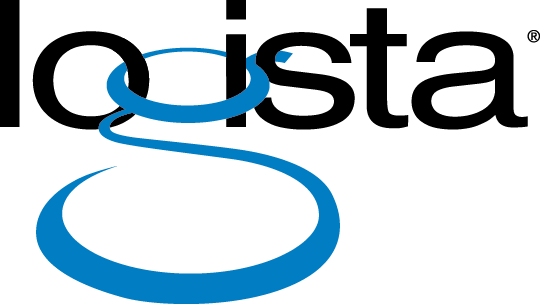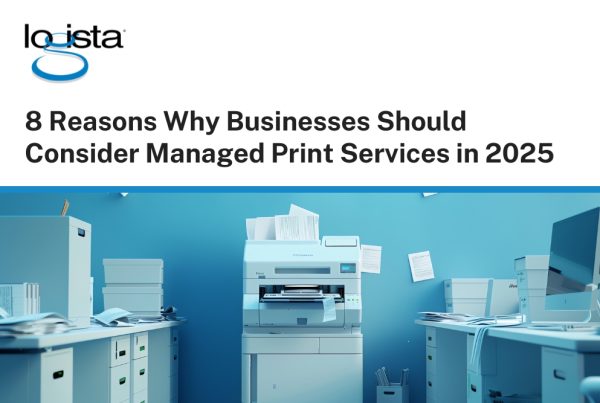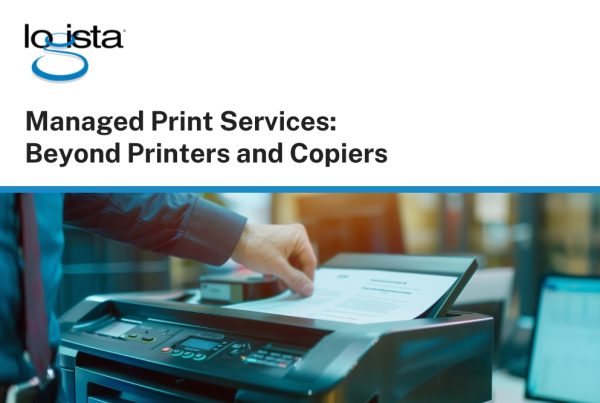We recently had the chance to speak with Jackson Jordan, SLED IT Account Executive for Logista Solutions, about some of the printer maintenance and facility issues businesses face. In this conversation, Jackson talks about not only the challenges that can arise from a reactive approach to print management but also the best practices and solutions to address them. Here is what he shared with us!
Question: What maintenance and facility issues do organizations face?
Jackson’s Response: A lot of organizations today still take a reactive approach to dealing with printing issues. And when they do that, they have problems with productivity. There are monitoring technologies out there today that, organizations can use. Really there’s no reason why an organization needs to be taking a reactive approach today because these software solutions can help them be more proactive.
Question: What best practices are there to address these issues?
Jackson’s Response: I think the number one thing is you really need to have visibility into your print environment. There’s a lot of software out there that organizations can use to monitor and manage their print. And it’s difficult to be proactive first without having visibility into your environment. The first thing is to invest in some type of software, whether it’s through a third-party vendor or purchasing that software yourself. There’s even some free software that’s out on the market. The next thing is understanding where all your print devices are located. It’s always good if you can map those devices out on a floor plan. That way it gives you a bird’s eye view of what everything looks like.
“ I still see a lot of companies that have old, outdated machines. I think old technology that doesn’t work very well affects the morale of the employees, whether they realize it or not, and plays into their thinking about the company that they’re working for.”
– Jackson Jordan, SLED IT Account Executive for Logista Solutions

After you have that data, you can take the print volumes that you gathered from your monitoring software and where all your devices are located, and you can start to streamline your processes around that data. For example, if you’re having issues like reactively ordering toner, you can use that monitoring software to put some processes in place for better toner ordering; maybe even set up some type of auto-toner fulfillment. You could do that through a third-party vendor, or you could set that up yourself with monitoring software.
Let’s say you’re having a lot of maintenance issues. If you know where the devices are, and the volumes that are being printed to those devices, you can start to right-size those devices. And what I mean by that is that if you know the volume that’s being printed to a device, you can find a device that fits that volume.
You would also need to know what the end user’s needs are. You would take the end user’s needs, maybe they need an MFP for a certain location, and then you would look at the volume that would be printed to that device. If you have a small organization, it may be easy to manage those devices yourself, but if you have a larger fleet or a medium-sized fleet of devices, it may make more sense and be more efficient and productive to outsource the management of that fleet to another company that specializes in print management.
Question: What are the benefits of implementing these best practices?
Jackson’s Response: That of course would be increasing productivity. If you’ve got devices that are in the right place and have the right functionalities, then you would increase your productivity. And then if those devices are working efficiently, you would have faster turnaround times for your printing tasks. And then overall you would improve your workplace morale by having up-to-date devices that work when needed. I still see a lot of companies that have old, outdated machines. I think old technology that doesn’t work very well affects the morale of the employees, whether they realize it or not, and plays into their thinking about the company that they’re working for.
About Logista Solutions
Logista Solutions is a nationally recognized leader in a broad range of technology management solutions. As one of the largest technology support providers in the U.S., Logista provides innovative and holistic solutions to help companies take control of their IT infrastructure and achieve better business outcomes. Popular services include Managed IT as a Service, VoIP and Unified Communications, Managed Print, Cloud Services and Asset Disposition.



